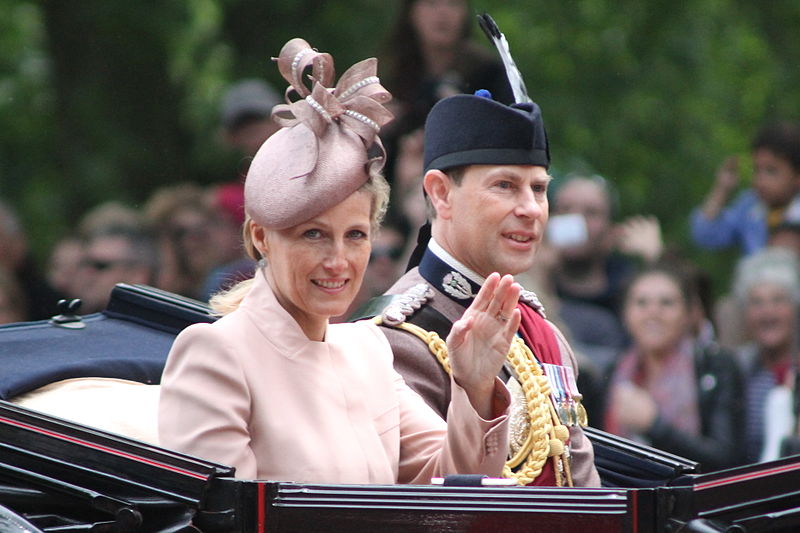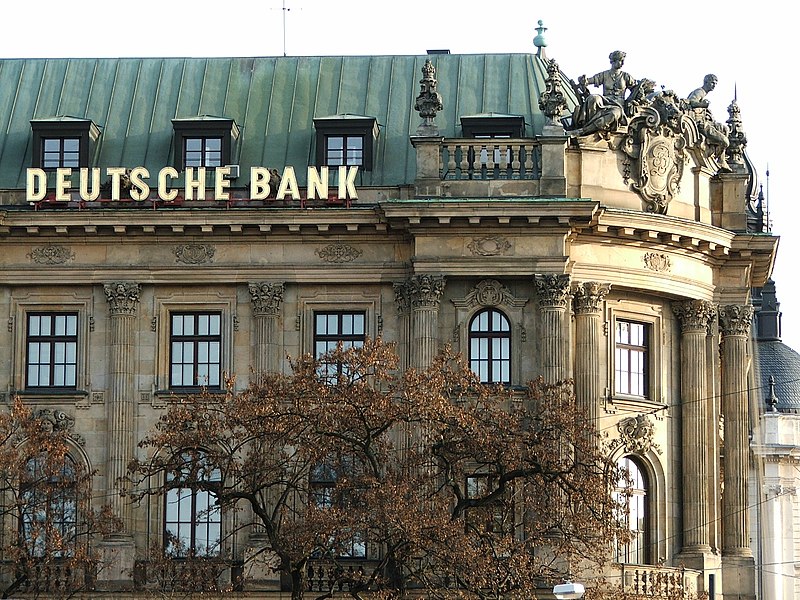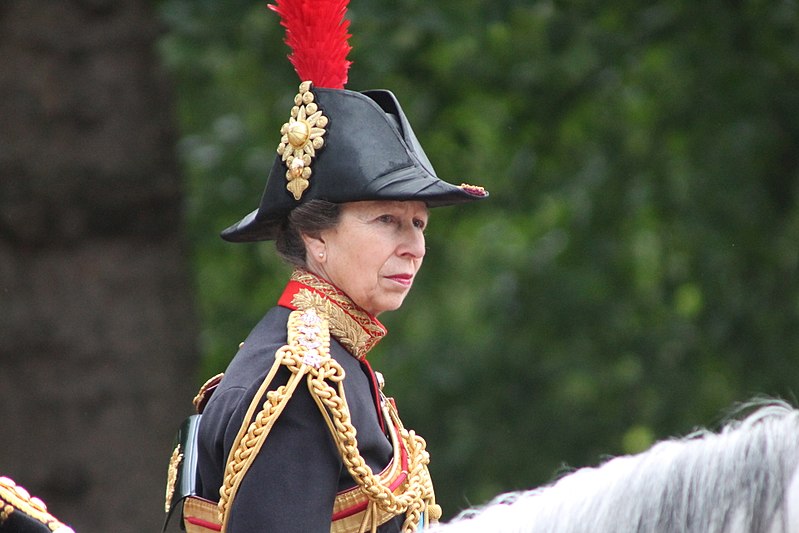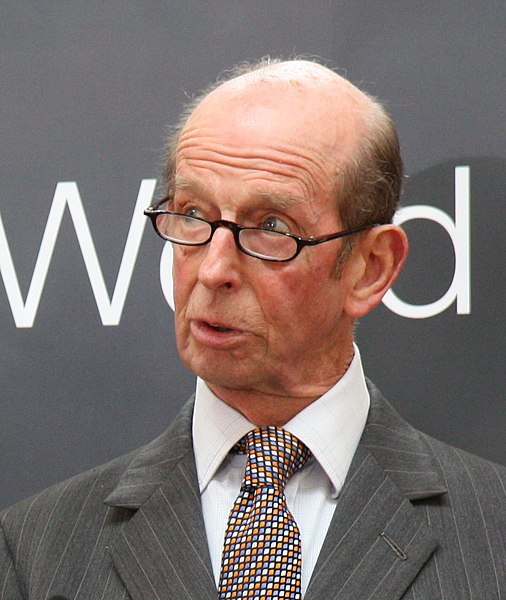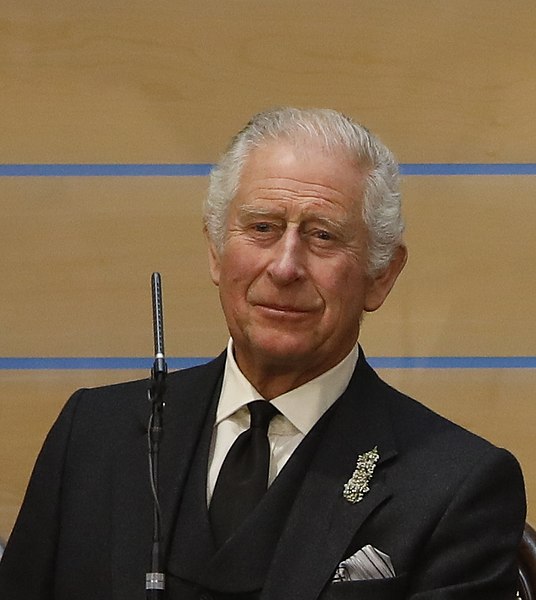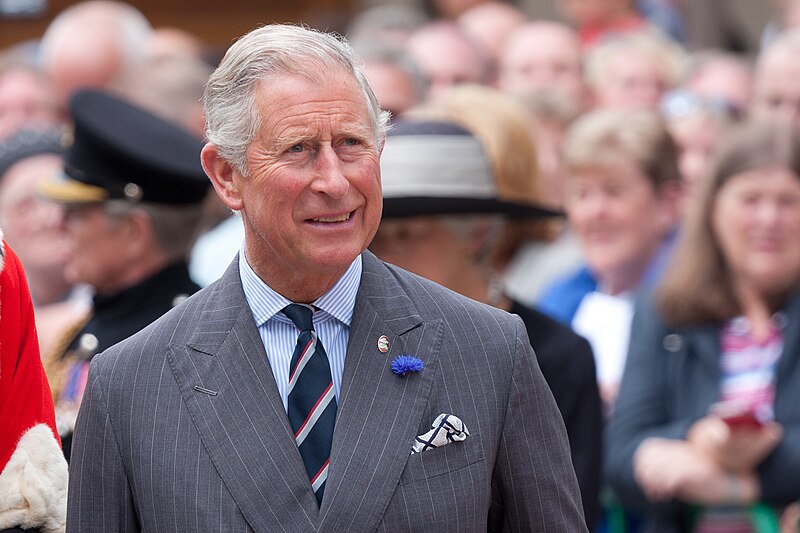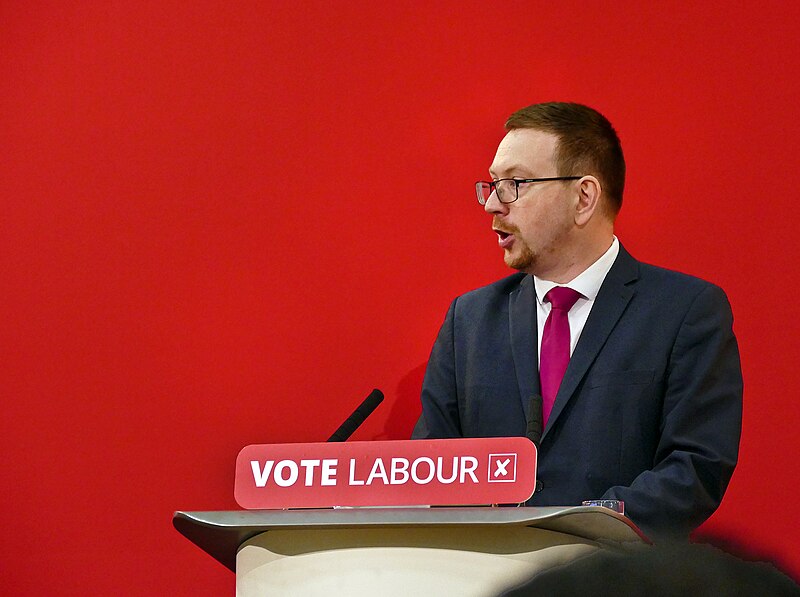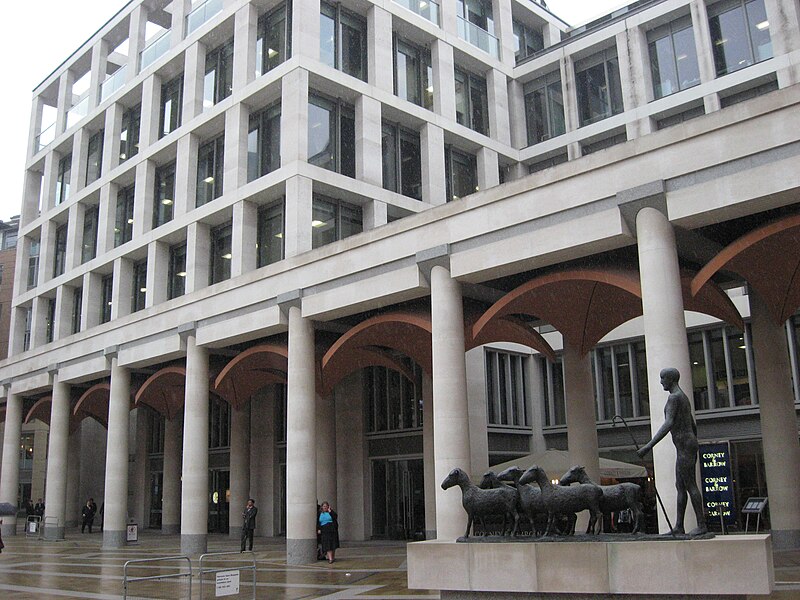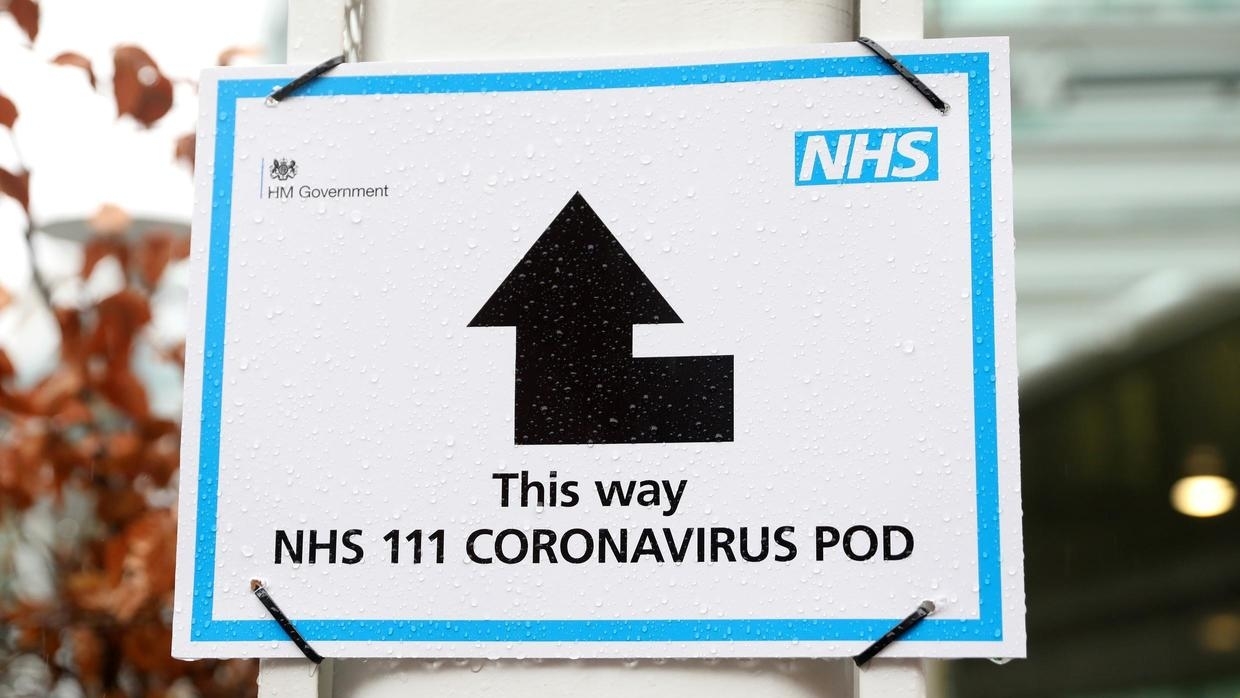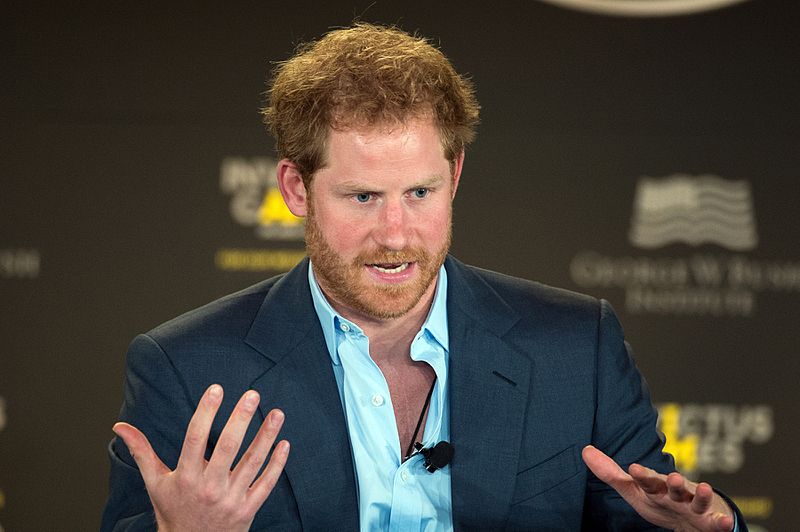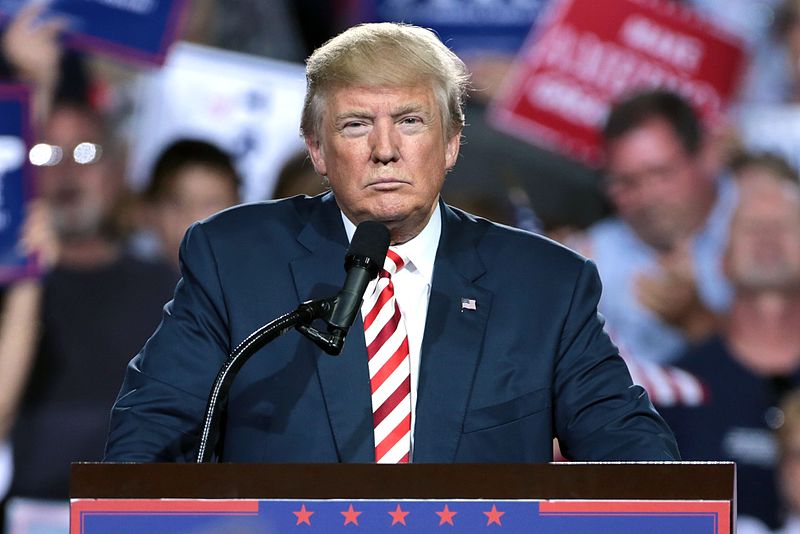
Sir Keir Starmer highlighted the challenges facing the UK, claiming the country "isn't working" as he introduced a series of measures aimed at reducing unemployment and economic inactivity.
While the proposed reforms target the main drivers of joblessness, many specifics remain unclear, with a review of sickness benefits postponed until next year.
The Conservatives criticized Labour’s plans, accusing them of avoiding "tough but necessary" choices to lower welfare spending.
The government is under fire from businesses following recent tax increases announced in the Budget. Companies argue that higher National Insurance contributions, coupled with an increased minimum wage, will discourage job creation and hinder economic growth.
Chancellor Rachel Reeves defended the measures, stating that despite significant feedback, alternative suggestions were scarce.
While unemployment hovers around 1.5 million, over nine million people are classified as economically inactive — not working or seeking employment. This figure surged during the pandemic and has remained stubbornly high.
Gary Wroe, managing director of Birmingham-based jewelry manufacturer Hockley Mint, expressed concerns over rising National Insurance rates, which he believes will make it harder to hire apprentices. Currently employing 98 people, Wroe’s business takes on several apprentices annually. However, he warned these opportunities might dwindle due to increasing costs.
Seventeen-year-old apprentice Abi shared her perspective, noting that many of her peers, influenced by the pandemic's disruptions, have struggled to transition from school to work.
The government plans to enforce stricter conditions for young people, requiring them to accept job or training opportunities or risk losing benefits. Employment Minister Alison McGovern emphasized that most individuals respond positively to support, but sanctions remain for those who refuse to comply.
Sanctions could be applied if claimants fail to attend job appointments, decline offers, or neglect job-seeking agreements.
The government aims to raise the employment rate from 75% to 80%, which would translate to approximately two million more people in work. Prime Minister Rishi Sunak emphasized the importance of ending a culture of "blaming and shaming" and providing adequate support for those seeking employment.
Work and Pensions Secretary Liz Kendall is set to reveal new funding to address waiting lists at 20 NHS trusts with high economic inactivity levels, aiming to help those on long-term sick leave return to work. Other plans include expanded mental health services, obesity prevention efforts, and workplace health initiatives.
Key measures to be introduced:
A "Youth Guarantee" ensuring access to apprenticeships, training, or job opportunities for all 18 to 21-year-olds in England.
Rebranding Job Centres as the National Jobs and Careers Service.
An independent review of employer practices to promote health and inclusivity.
Additional funding for regions like the North East and Yorkshire to combat work dropouts due to ill health.
The government faces a delicate balancing act between increasing workforce participation and maintaining a sustainable welfare system. Critics, including Helen Whately, Shadow Secretary for Work and Pensions, argue that a more decisive stance on sickness benefits is needed to ensure long-term welfare sustainability.
Industry experts offered mixed reactions. Peter Cheese, head of the Chartered Institute for Personnel Development, called the plans a positive step but urged greater ambition, particularly in making apprenticeships a credible alternative to university. Conversely, Catherine Parsons from Big Issue Recruit cautioned against "scare tactics," warning they could exacerbate worker shortages and mental health issues among job seekers.
Parsons argued that threats of benefit cuts might worsen anxiety and economic inactivity, perpetuating a cycle of failure that has driven up welfare costs in recent years. Photo by Prime Minister’s Office, Wikimedia commons.
